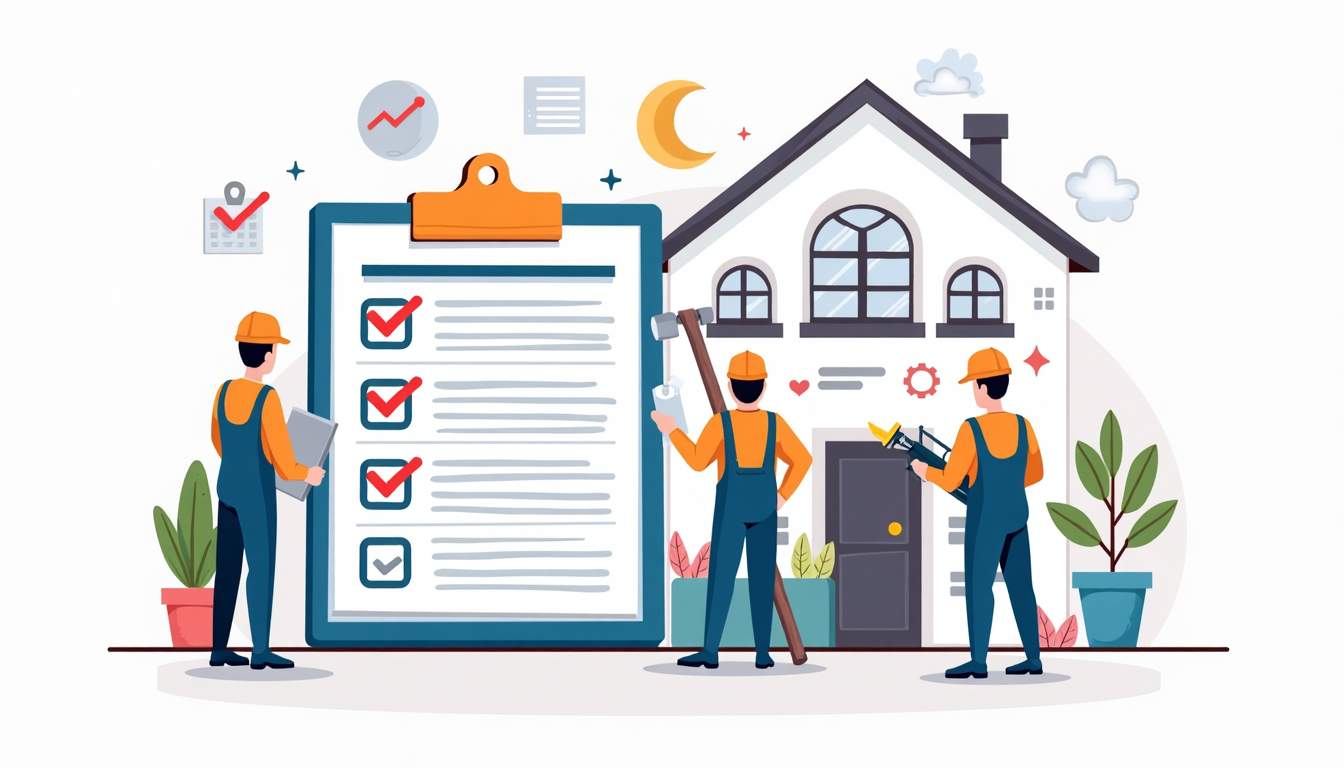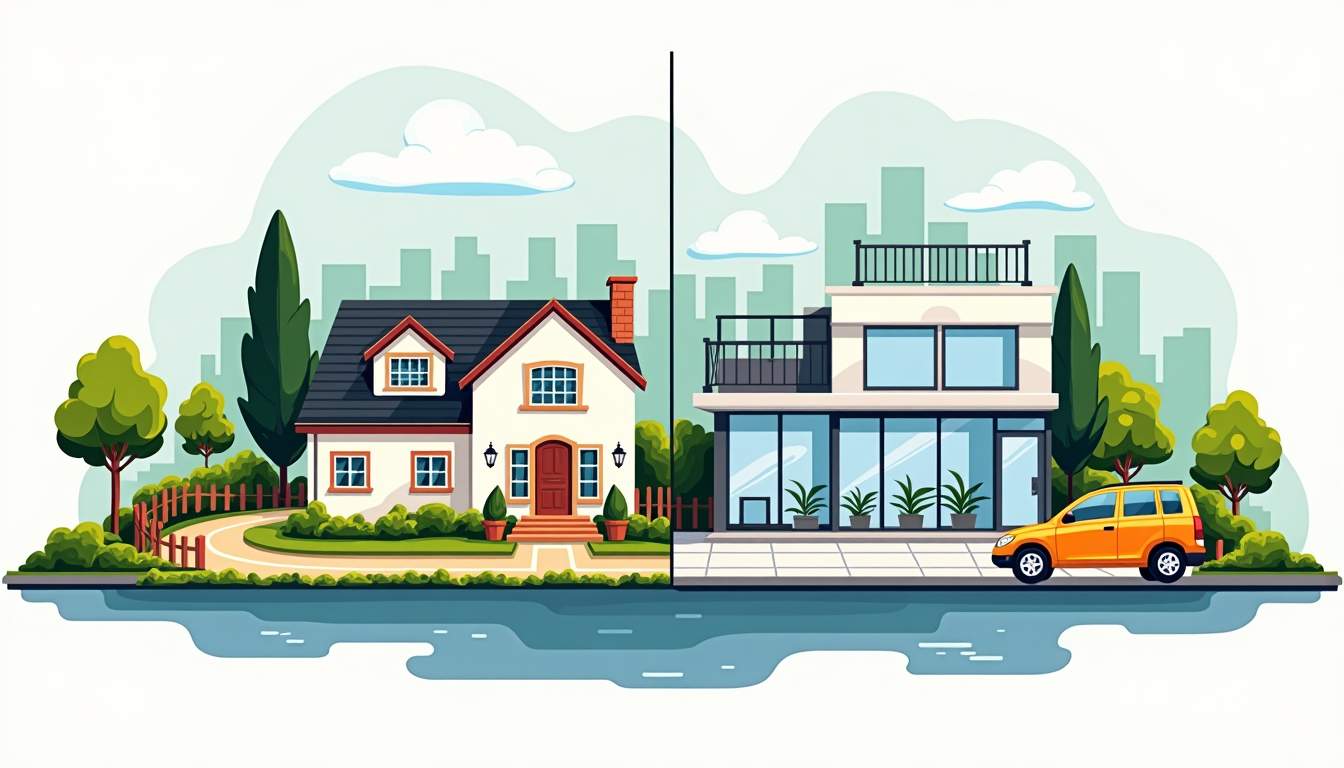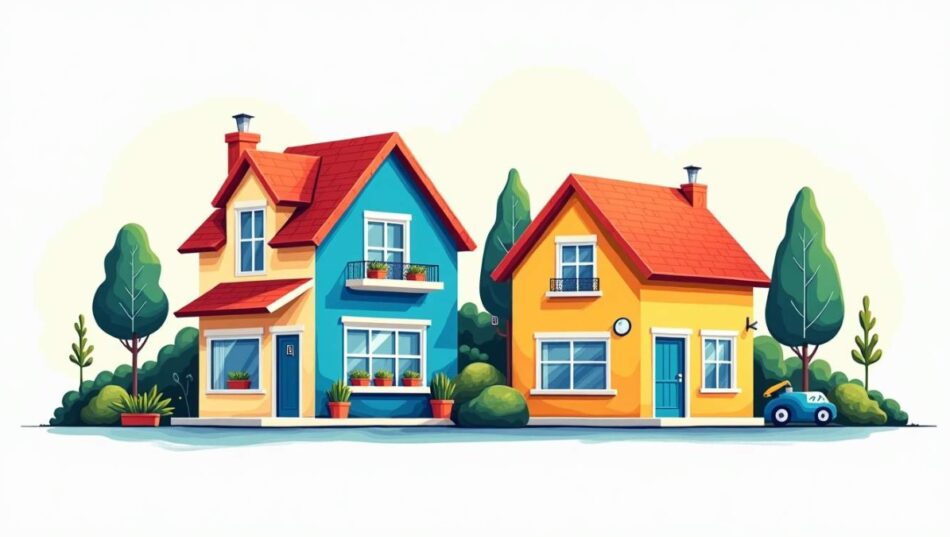Maintaining a property, whether residential or commercial, is a multifaceted task that requires attention to detail, proactive planning, and timely execution. Proper maintenance not only preserves the aesthetic appeal and functionality of a space but also enhances safety, increases property value, and reduces long-term costs. This article explores the essentials of comprehensive maintenance, highlighting the key differences and similarities between residential and commercial spaces, and offering practical advice to keep properties in optimal condition year-round.
Understanding the Scope of Maintenance
Maintenance encompasses a wide range of activities aimed at preserving the condition and usability of a property. It involves routine inspections, repairs, cleaning, and upgrades to various systems and structures. The scope of maintenance can vary significantly depending on the type of property, its size, usage, and the specific needs of its occupants.
Residential Maintenance: Creating a Comfortable Home
In residential settings, maintenance focuses on creating a safe, comfortable, and inviting environment for the residents. This includes everything from plumbing and electrical systems to landscaping and interior upkeep. Homeowners often juggle multiple responsibilities, including seasonal tasks like gutter cleaning in the fall or HVAC servicing before summer.
Residential maintenance also involves managing wear and tear caused by everyday living. For example, regular painting, floor refinishing, and appliance servicing help extend the life of home components. Attention to detail, such as sealing windows and doors to improve energy efficiency, plays a critical role in reducing utility bills and enhancing comfort. Additionally, homeowners may also consider preventive maintenance measures, such as scheduling annual inspections for major systems like roofing and plumbing, to catch potential issues before they escalate into costly repairs.
Furthermore, the integration of smart home technology has revolutionized residential maintenance. Home automation systems can monitor various aspects of a home, from temperature control to leak detection, allowing homeowners to address issues proactively. This not only enhances the living experience but also contributes to energy efficiency and security, making maintenance an integral part of modern home management.
Commercial Maintenance: Ensuring Operational Efficiency
Commercial properties, on the other hand, require maintenance strategies that support business operations and comply with regulatory standards. These spaces often have more complex systems, such as industrial HVAC units, fire suppression systems, elevators, and security infrastructure.
Maintaining commercial spaces also involves managing higher foot traffic and heavier equipment usage, which can accelerate wear. Additionally, commercial maintenance must address accessibility standards, safety codes, and environmental regulations. Timely maintenance minimizes downtime and helps avoid costly disruptions that could impact revenue. Regular inspections and maintenance schedules are essential in commercial settings to ensure that all systems are functioning optimally and to prevent any potential hazards that could lead to liability issues.
Moreover, the role of maintenance in commercial properties extends beyond mere functionality; it also influences employee satisfaction and productivity. A well-maintained workspace can enhance the overall atmosphere, making it more appealing to both employees and clients. This includes everything from ensuring clean and well-lit common areas to maintaining comfortable temperatures throughout the building. As businesses increasingly recognize the importance of a positive work environment, the demand for comprehensive maintenance strategies continues to grow, reflecting a shift towards prioritizing employee well-being alongside operational efficiency. To explore affordable and reliable solutions, you can visit PS Home Maintenance, a trusted company offering all maintenance services in Singapore at the lowest cost.
Key Components of Comprehensive Maintenance
Whether for a home or a business, a comprehensive maintenance plan covers several critical areas. Addressing these systematically ensures that no aspect of the property is neglected.
Structural Integrity and Exterior Upkeep
The foundation, walls, roof, and exterior finishes form the backbone of any property. Regular inspections for cracks, water damage, or pest infestations are essential. For residential buildings, this might mean checking the roof shingles, sealing exterior cracks, and maintaining gutters to prevent water accumulation.
Commercial buildings often require more extensive exterior maintenance, including façade cleaning, window washing, and parking lot repairs. These tasks not only preserve the structure but also contribute to the property’s curb appeal, which is important for attracting customers and tenants. Additionally, landscaping plays a significant role in exterior upkeep. Regular lawn care, tree trimming, and flower bed maintenance not only enhance the visual appeal but also prevent overgrowth that could lead to structural damage or pest issues. Seasonal preparations, such as snow removal in winter or preparing gardens in spring, are also crucial to maintaining a safe and inviting environment.
Mechanical and Electrical Systems
Heating, ventilation, and air conditioning (HVAC) systems are vital for comfort and air quality. Regular servicing, filter replacements, and system calibrations prevent breakdowns and improve efficiency. Plumbing systems also demand routine checks to detect leaks, corrosion, or blockages early.
Electrical systems require inspections to ensure safety and compliance with codes. This includes checking wiring, circuit breakers, lighting fixtures, and emergency power supplies. In commercial spaces, maintaining backup generators and fire alarm systems is equally critical. Furthermore, energy efficiency upgrades, such as installing LED lighting or smart thermostats, can significantly reduce operational costs while enhancing safety and comfort. Regular audits of energy consumption can also identify areas for improvement, ensuring that both residential and commercial properties operate at peak efficiency.
Interior Maintenance and Cleanliness
Interior upkeep involves cleaning, painting, and repairing surfaces to maintain a pleasant and healthy environment. Residential maintenance may focus on kitchen and bathroom upkeep, floor care, and pest control. For commercial properties, regular cleaning schedules, waste management, and restroom maintenance are crucial to meet hygiene standards and create a positive impression.
Additionally, interior maintenance includes furniture and fixture care, ensuring that everything remains functional and visually appealing. In offices and retail spaces, this also extends to technology infrastructure and ergonomic considerations. Regular assessments of furniture condition can prevent workplace injuries and enhance employee productivity. Moreover, incorporating sustainable practices, such as using eco-friendly cleaning products and recycling materials, not only promotes a healthier indoor environment but also aligns with growing consumer preferences for environmentally responsible businesses. This holistic approach to interior maintenance fosters a welcoming atmosphere that can significantly impact both employee morale and customer satisfaction.
Developing an Effective Maintenance Plan
Creating a maintenance plan tailored to the specific needs of a property is a proactive approach that saves time, money, and stress. A well-structured plan outlines tasks, schedules, responsible parties, and budget considerations. By investing the time to develop a comprehensive maintenance strategy, property owners can enhance the longevity of their assets and improve overall satisfaction for residents or tenants.

Assessment and Prioritization
The first step is conducting a thorough assessment of the property to identify existing issues and potential risks. This involves detailed inspections and gathering input from residents, employees, or tenants. Prioritizing tasks based on urgency and impact ensures that critical repairs are addressed promptly. Additionally, utilizing technology such as drones for roof inspections or thermal imaging for energy efficiency assessments can provide deeper insights into the property’s condition, helping to uncover hidden problems that may not be visible during a standard walkthrough.
Scheduling and Routine Checks
Maintenance should be scheduled regularly to prevent problems before they arise. Seasonal checklists help manage tasks like HVAC servicing, roof inspections, and landscaping. Using digital tools or maintenance management software can streamline scheduling, track completed tasks, and send reminders. Furthermore, implementing a system for documenting maintenance history can assist in recognizing patterns over time, allowing property managers to anticipate future needs and allocate resources more effectively. Regular training sessions for maintenance staff on new technologies and techniques can also enhance the efficiency of routine checks.
Budgeting and Resource Allocation
Allocating sufficient resources for maintenance is essential. This includes setting aside funds for routine upkeep, emergency repairs, and future upgrades. For commercial properties, budgeting should also consider compliance costs and potential downtime expenses. Moreover, creating a reserve fund for unexpected major repairs can prevent financial strain when urgent issues arise. Engaging with financial advisors to analyze past expenditures and forecast future needs can help in crafting a more accurate and flexible budget, ensuring that the property remains in optimal condition without compromising financial stability.
Engaging Professionals and DIY Tasks
While some maintenance tasks can be handled by homeowners or on-site staff, others require professional expertise. Electrical work, major plumbing repairs, and structural assessments are best left to licensed contractors. Establishing relationships with trusted service providers ensures timely and quality work. Additionally, fostering a network of reliable vendors can lead to better pricing and quicker response times. For smaller tasks, property managers can encourage DIY initiatives among residents, such as community clean-up days or simple repair workshops, which not only promote engagement but also help build a sense of community and shared responsibility for the property’s upkeep.
Special Considerations for Sustainable Maintenance
Incorporating sustainability into maintenance practices benefits both the environment and the property owner. Energy-efficient upgrades, water conservation measures, and eco-friendly materials reduce environmental impact and operational costs.
Energy Efficiency and Green Practices
Regular maintenance of HVAC systems and insulation improves energy efficiency. Installing LED lighting, programmable thermostats, and energy-efficient appliances further reduces consumption. For commercial buildings, implementing green cleaning products and waste recycling programs supports sustainability goals.
Water Management
Fixing leaks promptly and using water-saving fixtures conserve a valuable resource. Landscaping with native plants and employing rainwater harvesting systems can reduce irrigation needs. These measures are increasingly important in areas facing water scarcity.
Indoor Air Quality
Maintaining good indoor air quality through proper ventilation, regular filter changes, and minimizing the use of harmful chemicals promotes health and comfort. This is particularly critical in commercial environments where many people share enclosed spaces.
Benefits of Comprehensive Maintenance
Investing in comprehensive maintenance yields numerous advantages for both residential and commercial property owners.

Enhanced Safety and Compliance
Regular maintenance reduces the risk of accidents caused by faulty equipment, structural failures, or environmental hazards. For commercial properties, staying compliant with safety regulations avoids legal penalties and protects occupants.
Cost Savings and Property Value
Preventive maintenance lowers the likelihood of expensive emergency repairs and extends the lifespan of building components. Well-maintained properties retain higher market value and attract quality tenants or buyers.
Improved Comfort and Productivity
In homes, maintenance ensures a comfortable living environment. In commercial spaces, it supports employee productivity and customer satisfaction by providing a clean, safe, and efficient setting.
Conclusion
Comprehensive maintenance is a vital aspect of property management that demands a strategic and consistent approach. Whether managing a cozy home or a bustling commercial complex, understanding the unique requirements and challenges of each space is key to effective upkeep. By prioritizing structural integrity, system functionality, cleanliness, and sustainability, property owners can safeguard their investments and create environments that are safe, comfortable, and efficient. Proactive maintenance not only prevents costly problems but also enhances the overall quality of life and work within these spaces.





